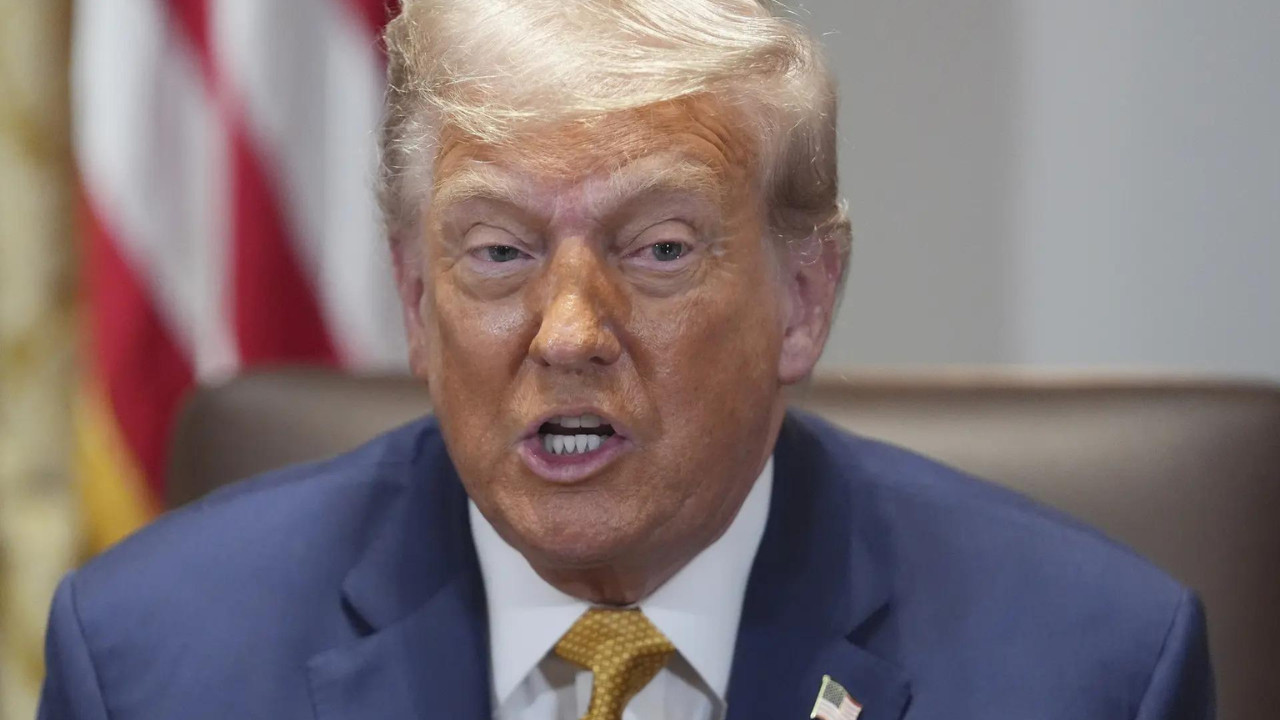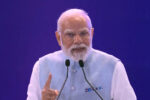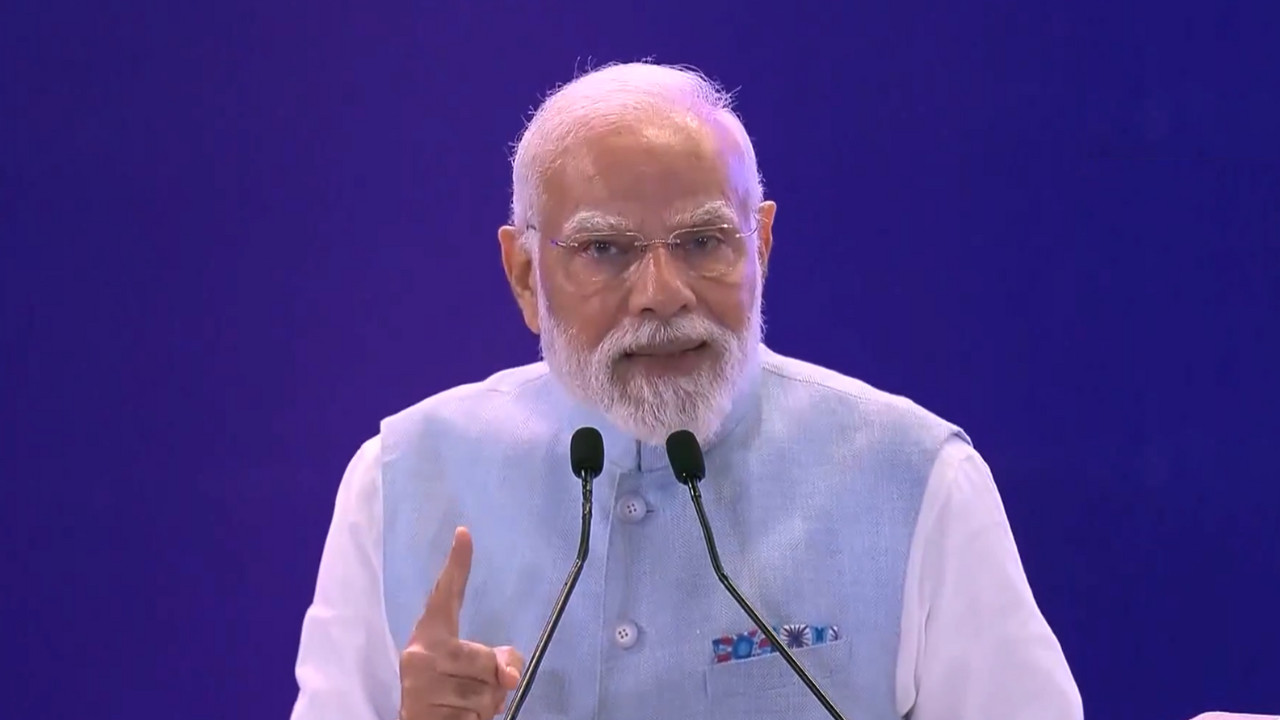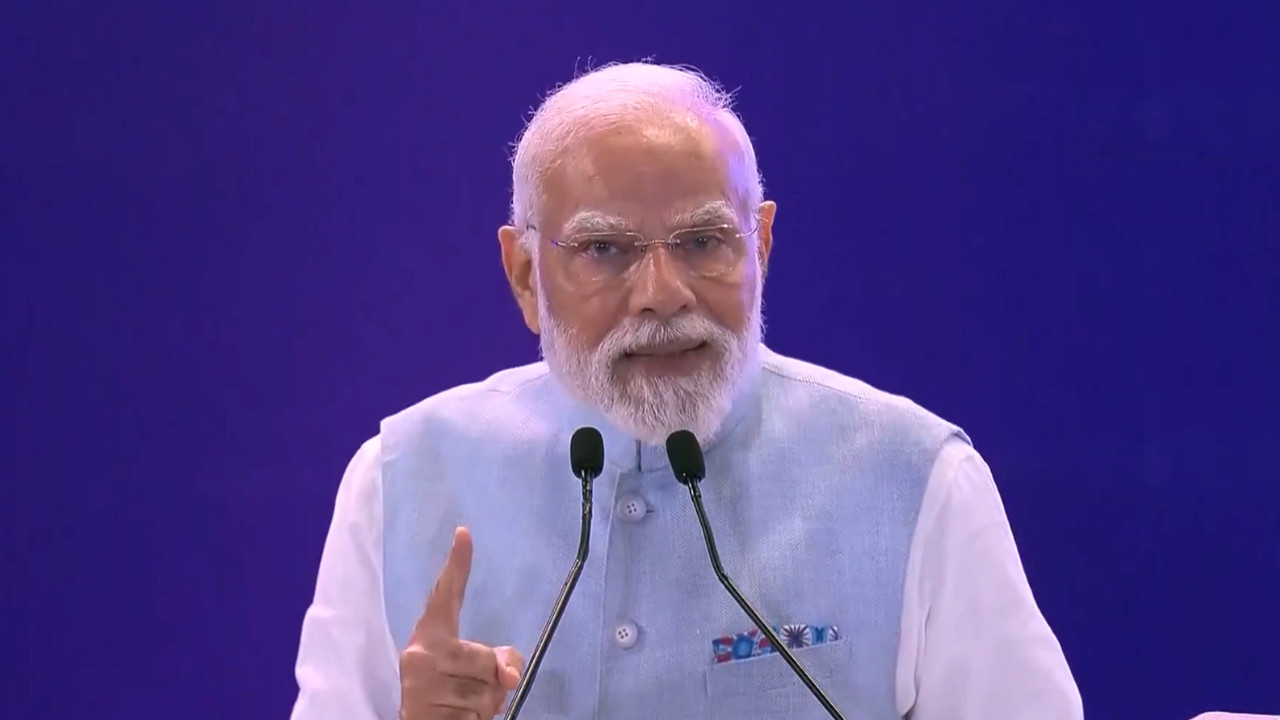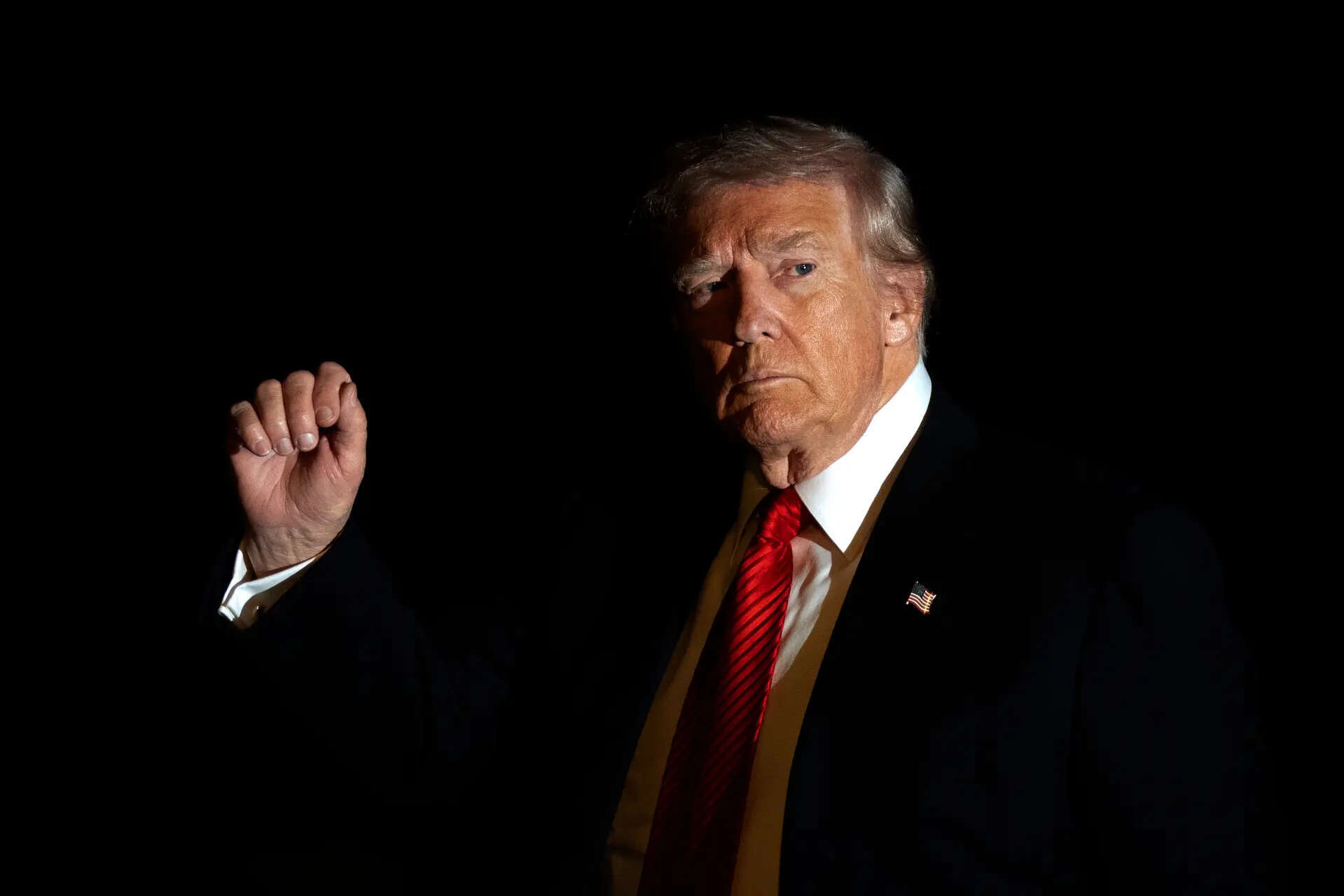President Trump is escalating trade tensions by issuing tariff letters to multiple countries, including Japan and South Korea, imposing duties ranging from 25% to 40%. He accuses these nations of unfair trade practices and threatens further increases if they retaliate.
The Tariff Tango: Is the US About to Raise the Stakes Again?
The global trade arena is heating up, and it feels like we’re bracing for another round of tariff announcements. Remember those days of seemingly endless tariff volleys between the US and various trading partners? Well, whispers from across the Atlantic suggest we might be heading back there, and sooner than we thought.
We’re all familiar with the ebb and flow of international trade. It’s a complex dance involving delicate negotiations, economic strategies, and, yes, sometimes, the blunt instrument of tariffs. But what happens when one of the major players decides to change the rhythm?
A Flurry of Notifications: What’s Really Going On?
Reports indicate that the US has recently sent out notifications to at least fourteen nations, hinting at potential adjustments to trade policies. While the exact details remain shrouded in diplomatic language, the underlying message is clear: the current trade landscape is under review, and changes could be on the horizon. This kind of widespread notification suggests a broad re-evaluation of trade relationships, not just a targeted adjustment with a single nation. It brings to mind the big, bold trade strategies of the recent past, ones that shook up established norms and sent ripples through global markets.

These notifications have naturally sparked a flurry of speculation among economists and businesses alike. The big question everyone’s asking is: what’s driving this renewed focus on tariffs? Is it a strategic maneuver to gain leverage in ongoing negotiations? A response to perceived unfair trade practices? Or perhaps a broader effort to reshape global trade dynamics? Whatever the reason, the potential consequences are significant.
The Impact of Tariffs: More Than Just Numbers
It’s easy to get lost in the technical jargon of trade agreements and economic indicators. But behind the percentages and GDP figures lie real-world consequences for businesses and consumers. Increased tariffs can lead to higher prices for imported goods, squeezing profit margins for companies that rely on global supply chains. Consumers, in turn, may face higher costs for everyday products, from electronics to clothing.
Moreover, tariffs can disrupt established trade relationships, leading to uncertainty and volatility in the markets. Businesses may be forced to reassess their sourcing strategies, relocate production facilities, or even scale back operations. The impact is felt not just by large corporations but also by small and medium-sized enterprises that play a vital role in the global economy. The ripple effects of increased tariffs can be felt across industries and borders.
These potential trade changes could impact companies already dealing with economic headwinds, such as inflation and supply chain disruptions. If new or increased tariffs make their way into the news, companies are looking at another potential risk that will be felt across their financial departments.
Navigating the Uncertainty: What Can Businesses Do?
In this climate of uncertainty, businesses need to be proactive and agile. Monitoring trade policy developments closely is crucial, as is understanding the potential impact of tariffs on their operations. Diversifying supply chains, exploring alternative sourcing options, and engaging in strategic negotiations with suppliers can help mitigate risks.
Furthermore, businesses should consider hedging strategies to protect themselves against currency fluctuations and price volatility. Building strong relationships with trade organizations and seeking expert advice on trade compliance can also provide valuable support. Ultimately, the key to navigating this complex landscape is to be informed, adaptable, and prepared for change. Companies should also look into the advantages of domestic commerce and weigh their options. A healthy local economy can be just as valuable as one that spans across the globe.
What’s Next in the Trade War Saga?
The coming weeks will be critical. As more details emerge about the US’s intentions, businesses and policymakers alike will be closely watching the developments. Will this be a short-lived skirmish or the beginning of a prolonged trade war? The answer to that question will shape the global economic landscape for years to come. It’s time to buckle up and prepare for whatever twists and turns this unfolding drama may bring. Stay tuned for updates as we continue to follow these developments closely. Don’t forget to check out our other pieces on global commerce, like this piece about [supply chain trends](/blog/future-of-supply-chains).
In the end, the long-term effects of these potential tariff changes remain a question mark. Will they truly reshape global trade dynamics, or will they prove to be a temporary disruption? Only time will tell, but one thing is certain: the world of international trade is anything but static. It’s a dynamic, ever-evolving landscape that demands vigilance, adaptability, and a healthy dose of strategic thinking.
